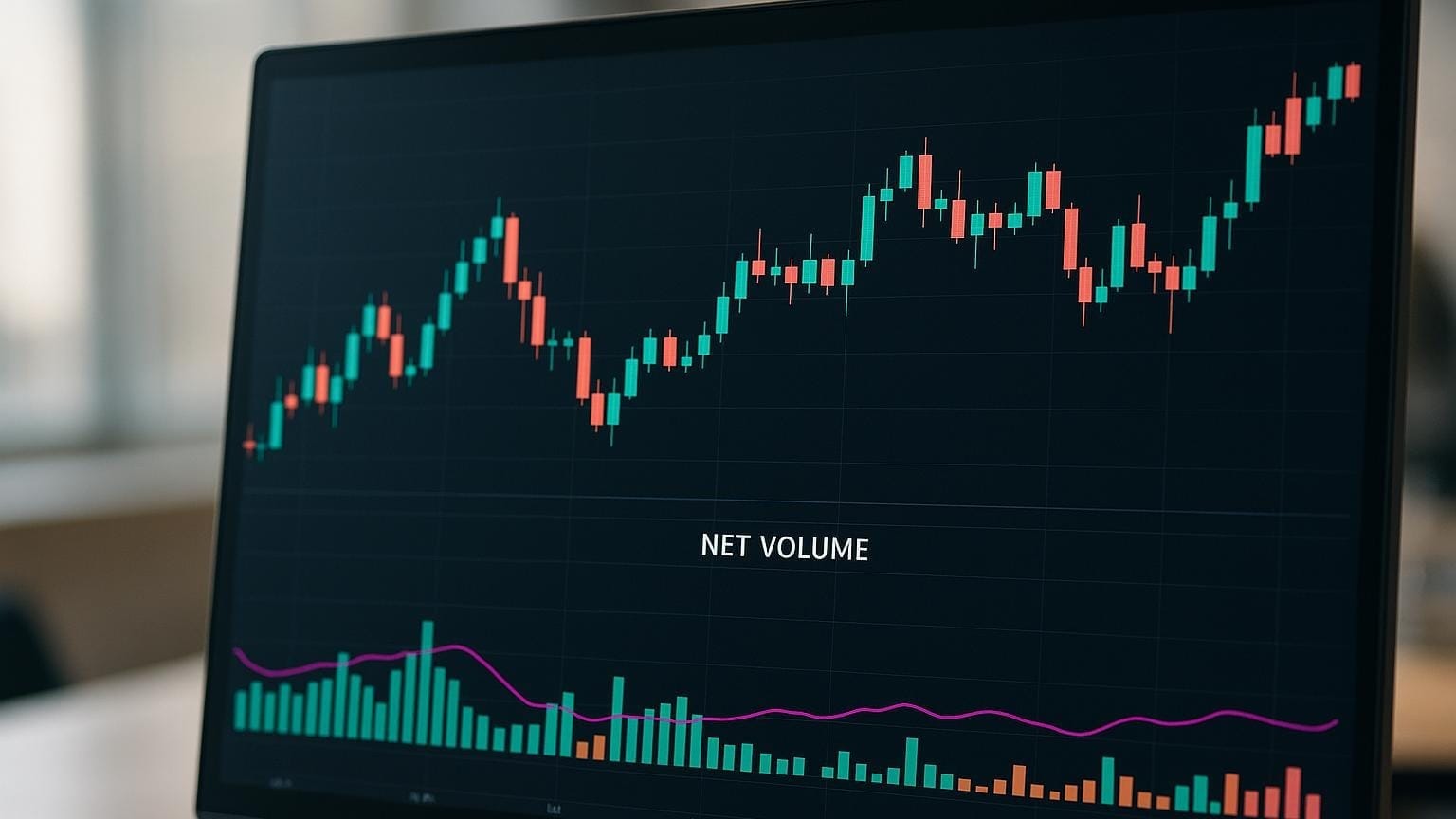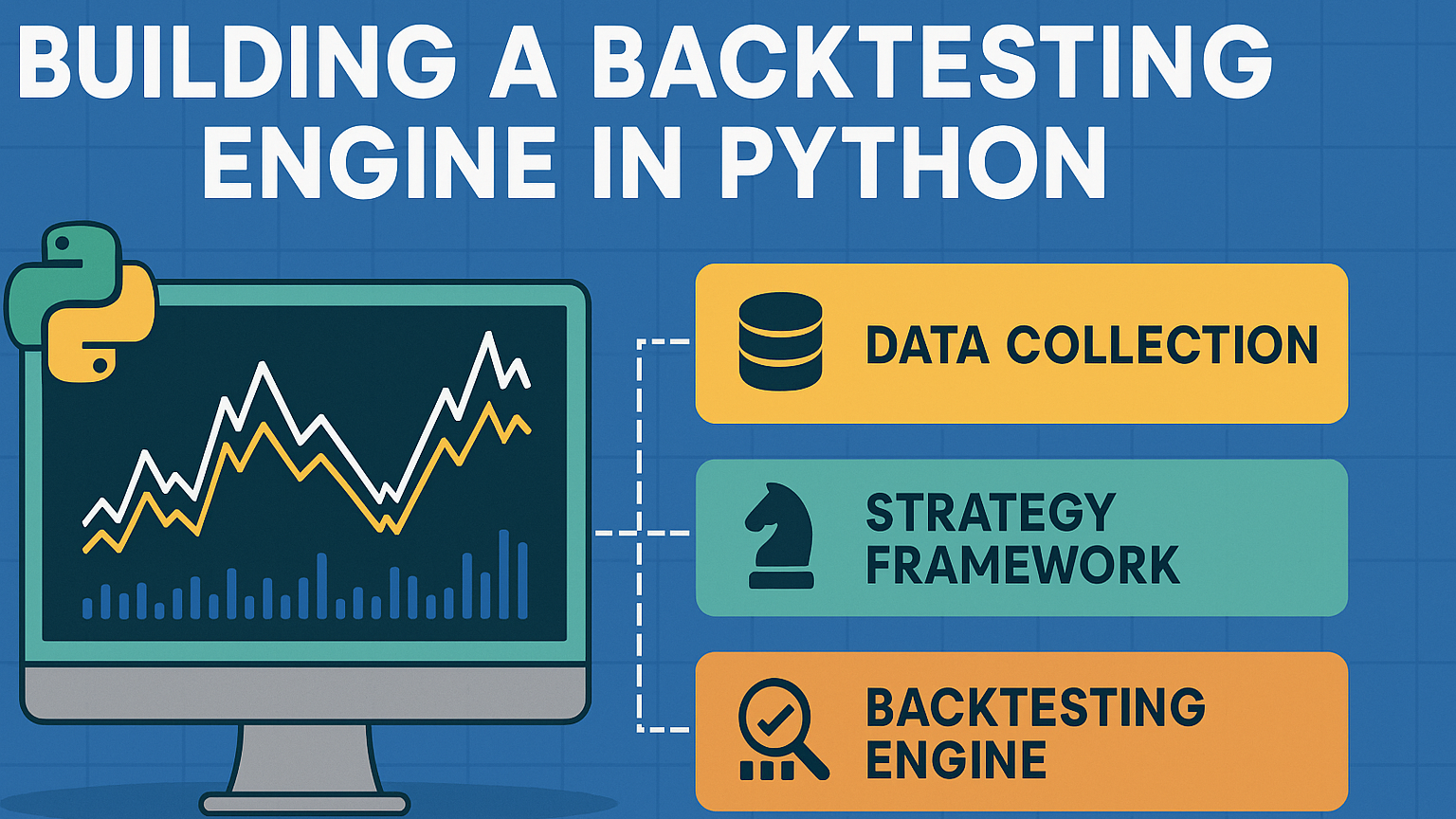Learn how the Homing Pigeon candlestick pattern can signal potential market reversals and enhance your trading strategy.
The Homing Pigeon candlestick pattern is a two-candle formation used in technical analysis to identify potential market reversals during downtrends. Here's what you need to know:
- Structure: A large bearish candle followed by a smaller bullish candle entirely within the first.
- Signal: Often hints at a bullish reversal but results in bearish continuation 56 % of the time.
- Best Use: Appears near strong support levels; confirmation is key for reliability.
- Success Rate: Found in 1.24 % of setups, with an average 4.76 % upward price movement in bear markets within 10 days.
For better results, combine this pattern with indicators like RSI, MACD, or volume analysis—and always confirm before trading.
Pattern Recognition Guide
Main Pattern Features
This pattern signals a potential bullish reversal during a downtrend and consists of two candlesticks:
- First candle: A large bearish candlestick, showing strong selling pressure.
- Second candle: A smaller bullish candlestick that fits entirely within the first candle's body.
- Typically forms in well-established downtrends.
Finding the Pattern
To spot this pattern in a downtrend, follow these steps:
- Look for a clear downtrend with consecutive lower highs and lower lows.
- Identify a large bearish candlestick that reflects intense selling activity.
- Ensure the second, smaller bullish candlestick is fully contained within the body of the first candlestick. This is a critical feature of the pattern.
It's important to distinguish this pattern from similar ones to avoid errors.
Similar Patterns to Avoid
| Pattern | Key Differences |
|---|---|
| Bullish Harami | Both involve a bearish candle followed by a bullish one within its body. However, the Homing Pigeon typically appears at the bottom of a downtrend, which adds weight to its reversal potential. |
| Inside Day | Focuses on the entire range, including shadows, whereas the Homing Pigeon focuses on the candle bodies. |
| Descending Hawk | A bearish continuation pattern, unlike the Homing Pigeon's bullish reversal signal. |
For better accuracy, pair this pattern with other technical indicators and look for confirmation near strong support levels.
How to Trade Bullish Homing Pigeon Patterns
Reading the Pattern's Signals
Let’s dive into how the Homing Pigeon pattern reveals its market signals.
Up vs Down Trends
The effectiveness of the Homing Pigeon pattern depends heavily on the market's direction. In a downtrend, it often signals a potential bullish reversal, showing that selling pressure is easing and buyers are stepping in.
During uptrends, it can indicate the end of a pullback. A great example is Meta's stock in early 2024. After forming a Homing Pigeon pattern during an uptrend pullback, the stock experienced a gap higher followed by notable price gains.
Pattern Success Rate
The pattern’s success depends on confirmation and the surrounding market environment. A CandleScanner study of the S&P 500 between 1995 and 2015 found the Homing Pigeon pattern in 1.24 % of all trading instances, with 7,922 occurrences during that period.
| Time Period | Occurrences | Frequency (Days) | % of Total Patterns |
|---|---|---|---|
| 1995–2015 | 7,922 | 282.3 | 1.24 % |
| 2010–2015 | 2,592 | 236.9 | 1.56 % |
The pattern becomes more reliable when:
- It forms near a support level
- The next candlestick closes above the second candlestick in the pattern
- Other technical indicators align with the signal
Pattern Use Across Markets
The Homing Pigeon pattern has shown versatility across various markets. A standout case is Apple (AAPL) in January 2024. After a four-day decline below $125, the pattern appeared. Despite analyst downgrades, the stock stabilized and climbed above $130, eventually nearing record highs by late February.
"The bullish homing pigeon pattern is a very interesting creation in the candlestick charting world. It mainly means to attract those traders who are looking for possible reversals within a downtrend setting." — Tyler Corvin, Senior Trader, The Trading Analyst
For the best results when trading this pattern:
- Place stop-loss orders below the pattern's lowest point
- Wait for confirmation before entering a trade
- Account for market volatility
- Combine it with other technical tools
Trading with the Pattern
Using the pattern's signals effectively requires disciplined trade management to turn insights into actionable strategies.
Trade Entry and Exit Rules
- Enter when a bullish candle closes above the second candle's body.
- Exit at critical resistance levels or Fibonacci retracement points.
Managing Trade Risk
Proper risk management is essential for success when trading patterns.
| Risk Component | Suggested Approach |
|---|---|
| Position Size | Limit to 1 % of account risk |
| Stop-Loss | Place below the pattern's low |
| Risk-Reward | Aim for a minimum ratio of 1 : 2 |
Position sizing helps protect your capital. Stop-loss placement ensures clear exit points. A solid risk-reward ratio increases long-term profitability.
Using Additional Indicators
To improve the reliability of the pattern, combine it with other technical tools.
Pay attention to volume during the pattern's formation—higher volume on confirming candles strengthens the signal. Consider pairing the pattern with these indicators:
- RSI to identify overbought or oversold conditions
- MACD to spot momentum shifts
- Moving averages for support or resistance levels
A great example is the January 2024 AAPL case, where the Homing Pigeon pattern coincided with oversold RSI levels and rising volume before the stock rallied. For the best outcomes, confirm trades with at least two additional indicators.
"The bullish homing pigeon pattern is a very interesting creation in the candlestick charting world. It mainly means to attract those traders who are looking for possible reversals within a downtrend setting." — Tyler Corvin, Senior Trader, The Trading Analyst
Pattern Examples
Explore how the Homing Pigeon pattern plays out in trading scenarios.
Winning Trade Examples
Apple (AAPL) demonstrated a clear Homing Pigeon pattern in early January 2024. After a four-day drop below $125, this pattern emerged.
| Pattern Component | Details |
|---|---|
| Initial Position | Dropped below $125 due to antitrust concerns |
| First Candle | Large bearish candle showing strong selling pressure |
| Second Candle | Smaller bearish candle within the first |
| Outcome | Price stabilized and surged past $130 |
Following this, Apple's price climbed steadily, nearing record highs by late February 2024.
Meta also showcased this pattern during a pullback in an uptrend. The next trading day saw a gap higher, followed by strong bullish momentum. This example highlights how the pattern can signal the end of a retracement phase.
These examples underline the pattern's potential while also emphasizing the importance of analyzing its limitations.
Failed Pattern Analysis
Statistically, the Homing Pigeon pattern is rare, forming in just 1.24 % of candlestick setups. Moreover, it acts as a bearish continuation 56 % of the time. A failed signal often occurs when the next candle doesn't close above the pattern's body or when trading volume doesn't support the move. Knowing these limitations helps traders avoid unreliable setups when proper confirmation isn't present.
LuxAlgo Price Action Concepts Toolkit
For traders seeking efficiency, LuxAlgo's Price Action Concepts (PAC) toolkit on TradingView simplifies pattern detection. Key features include:
- Real-time identification of Homing Pigeon patterns
- Custom alerts for pattern formation
- Volume analysis integration to validate signals
- Advanced market-structure insights for better context
Using features like these can make decision-making faster and boost confidence in trade execution.
"The bullish homing pigeon pattern is a very interesting creation in the candlestick charting world. It mainly means to attract those traders who are looking for possible reversals within a downtrend setting." — Tyler Corvin, Senior Trader, The Trading Analyst
Summary
Here’s a concise breakdown of the key insights about the Homing Pigeon pattern and how it can be applied in trading.
Main Points
The Homing Pigeon pattern serves as a reversal signal during downtrends, offering traders a clear opportunity to enter the market. Research shows this pattern can lead to an average 4.76 % upward price movement in bear markets within 10 days of the breakout.
| Aspect | Details |
|---|---|
| Formation | Two candles — first bearish, then bullish — appearing in a downtrend |
| Success Rate | 56 % probability of bearish continuation |
| Best Performance | 4.76 % price increase in bear markets over a 10-day period |
| Optimal Conditions | Most effective near strong support levels with confirming volume |
By keeping these characteristics in mind, traders can incorporate this pattern into their strategy effectively.
Getting Started
- Set stop-losses just below the pattern's low and aim for resistance levels as profit targets, ensuring at least a 2 : 1 reward-to-risk ratio.
- Take advantage of tools like LuxAlgo's PAC toolkit for automated pattern detection, real-time notifications, and volume analysis.
- Practice with paper trading to refine your skills before risking real money. Monitor multiple timeframes to identify setups where strong support levels align with the pattern formation.








